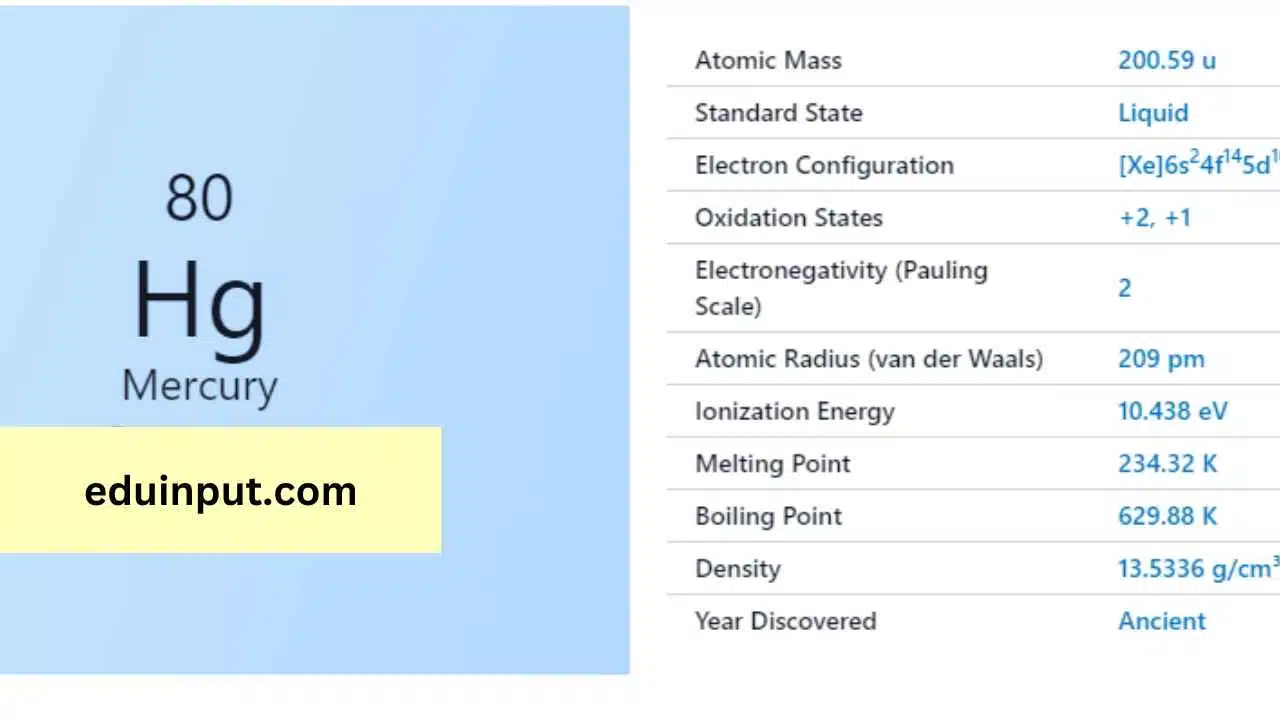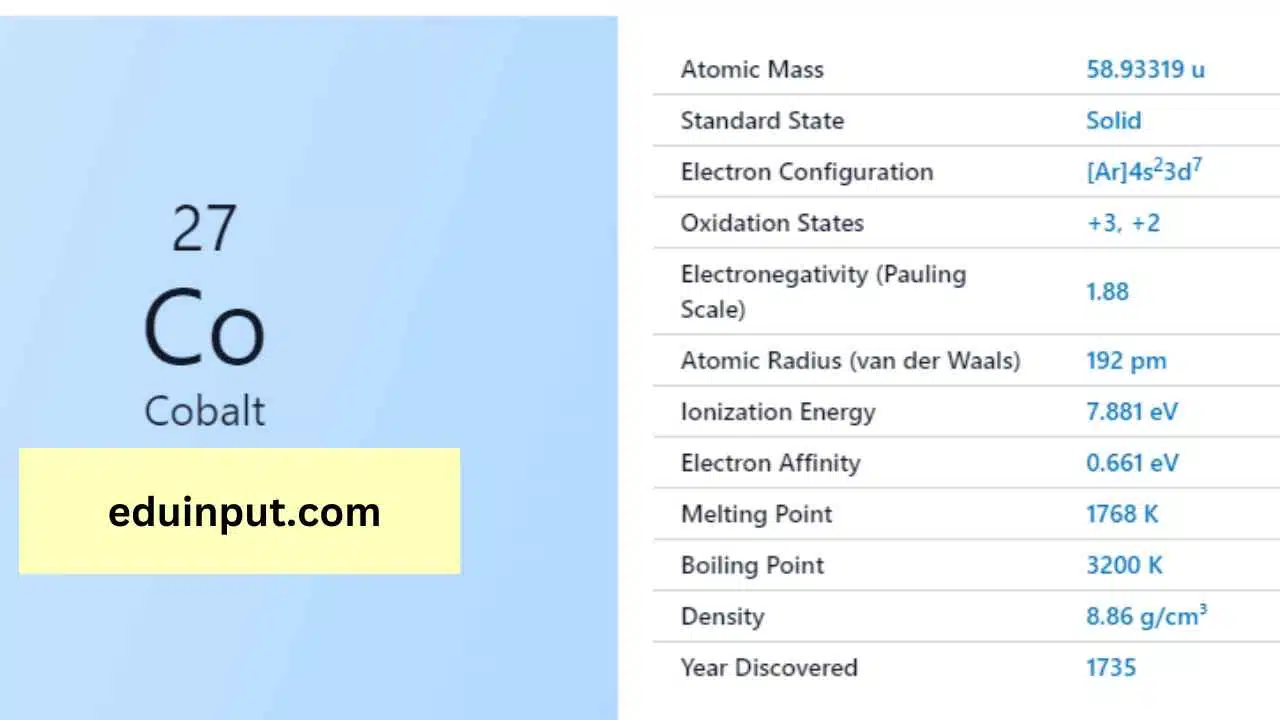Thorium-Discovery, Properties, And Applications
Thorium is a radioactive metal element with the atomic number 90 and symbol Th in the periodic table. It is a naturally occurring, slightly radioactive element that is four times more abundant than uranium. Thorium is named after Thor, the Norse god of thunder.

| Property | Value |
| Name | Thorium |
| Symbol | Th |
| Atomic number | 90 |
| Relative atomic mass (Ar) | Period in the periodic table |
| Standard state | Solid at 298 K |
| Appearance | Silvery white |
| Classification | Metallic |
| Group in periodic table | |
| Group name | Actinoid |
| Block in the periodic table | 7 (actinoid) |
| Group in the periodic table | f |
| Shell structure | 2.8.18.32.18.10.2 |
| CAS Registry | 7440-29-1 |
Discovery
Thorium was discovered by a Swedish chemist Jöns Jakob Berzelius in 1828. He named the element after Thor, the god of thunder in Norse mythology.
Physical Properties
Thorium is a dense, silvery-white metal that is malleable and ductile. It has a melting point of 1,750°C and a boiling point of 4,790°C. Thorium is a reactive metal that tarnishes in air, and it slowly dissolves in water. It is also a weak electrical conductor.
Chemical Properties
Thorium is a member of the actinide series, and it is the first element of the series that can be found in significant quantities in nature. Thorium is a highly radioactive element, and it decays slowly by alpha emission to form isotopes of other elements. It has 29 known isotopes, with thorium-232 being the most abundant and stable isotope.
Facts
- Thorium is four times more abundant than uranium and is found in rocks and soils.
- It is used in nuclear reactors as a fuel and as a component in nuclear weapons.
- Thorium has the potential as a safer and cleaner alternative to traditional nuclear energy sources.
Applications
Thorium has several important applications, including:
- Nuclear energy: Thorium is used as a fuel in some nuclear reactors. It can also be used as a component in nuclear weapons.
- Lighting: Thorium is used in gas mantles for outdoor lighting because of its ability to glow in the dark.
- Alloys: Thorium is used as an alloying agent in magnesium and aluminum alloys, which are used in aerospace applications.
- Medical: Thorium has been used in medical imaging and as a cancer treatment.
Thorium is a naturally occurring, slightly radioactive metal element that has several important applications, including in nuclear energy, lighting, alloys, and medical uses.
As a safer and cleaner alternative to traditional nuclear energy sources, thorium has the potential to play an important role in the future of energy production.







Leave a Reply